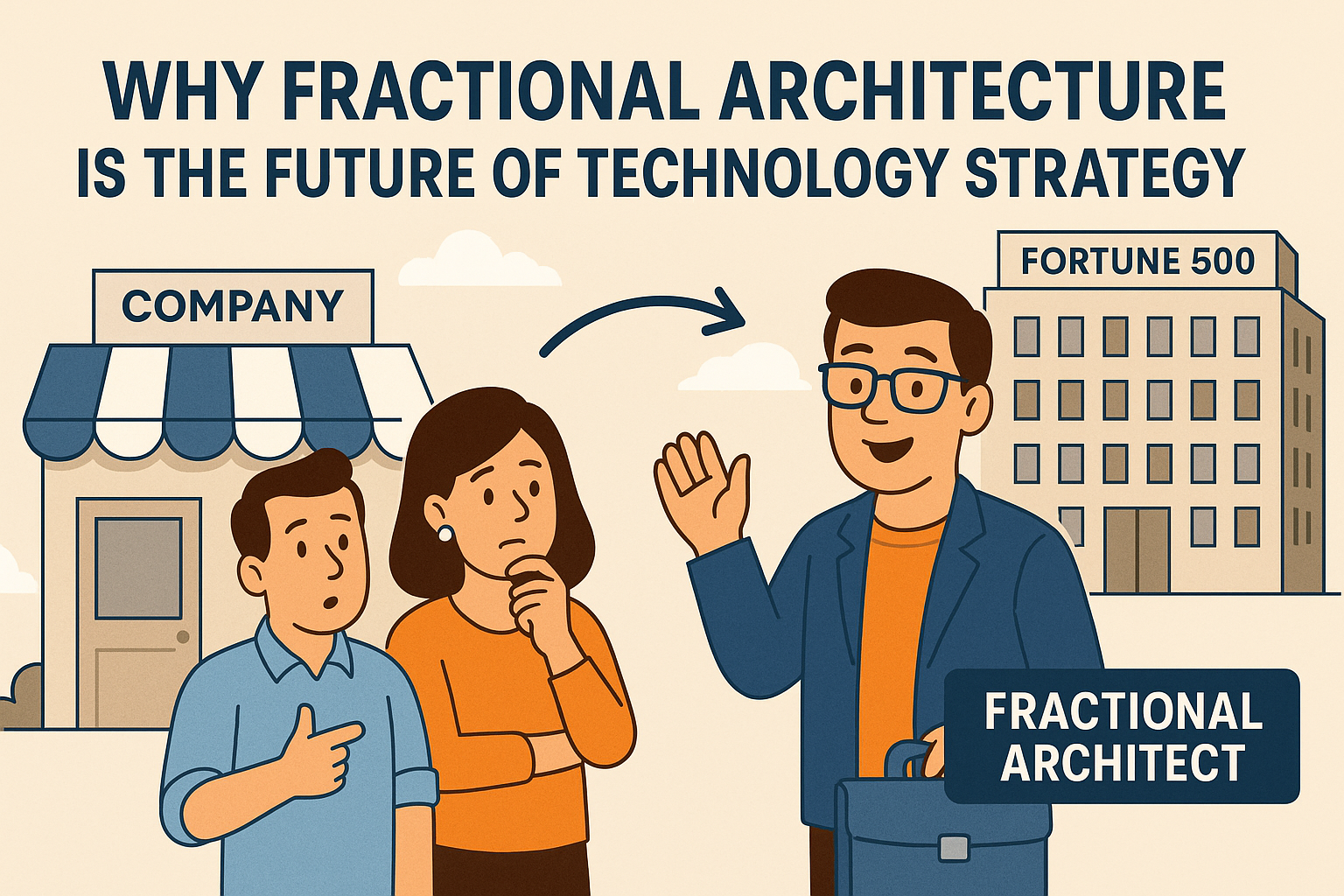
Bridging the Gap Between Software Engineering and Business Goals
- Chris Woodruff
- October 6, 2025
- Business of Software
- business of software
- 0 Comments
If you're looking to enhance your organization's systems through quality assessments, I would love to connect with you. Let's explore how I can contribute to your success. You can easily reach me via my contact page here: https://www.woodruff.dev/contact/
Security cannot be patched in later; it is structural
Many organizations underestimate the importance of incorporating security from the very beginning, viewing it as an accessory instead of a core feature. This mindset can weaken foundations and allow vulnerabilities to take root once the system is operational, making remediation far more costly and complex. It is essential that security decisions begin at the architectural level, defining how every component interacts and ensuring a robust and secure framework for the future.
Security as an afterthought increases risk
Delaying security measures until the end of a project significantly amplifies risk for the entire business. Deadlines force engineers to prioritize functionality over protection, leading to the rapid release of features that lack essential safeguards. This creates a prime opportunity for attackers, who will exploit any vulnerabilities left unaddressed. The fallout from breaches is not merely about technical corrections; companies face serious reputational damage, customer loss, and hefty regulatory penalties. Every shortcut taken today becomes a dangerous liability tomorrow. It is imperative that security be integrated into every stage of the development process to ensure the safety and integrity of the business.
Architectural levers for secure systems
The most effective way to create secure applications is to treat architecture as the lever that directs security decisions. Specific choices at this level have long-term impact.
Authentication and authorization strategy
Determining how users prove their identity and what they can access should never be improvised. A consistent identity provider, token-based authentication, and role-based or attribute-based access controls enforce boundaries. These measures prevent privilege creep and contain potential breaches.
Data encryption at rest and in transit
Information is the most valuable resource companies own. Protecting it requires encrypting databases, storage accounts, and file systems while also ensuring that all traffic between services and clients is encrypted. Architectural design should enforce encryption by default, leaving no room for insecure configurations.
Segmentation and least-privilege principles
Systems should be designed so that each component has the minimum permissions required to operate. Segmentation prevents lateral movement by attackers. If one service is compromised, strict boundaries stop the attacker from gaining access to unrelated systems. Designing this into the architecture eliminates the temptation to grant broad privileges for convenience.
Secure cloud architecture patterns
Cloud services offer powerful tools, but they require careful configuration. Secure reference architectures define patterns for network isolation, key management, monitoring, and identity integration. Organizations that build with these patterns ensure that every deployment follows consistent and secure practices.
Benefits of security-first architecture
Investing in security early creates measurable benefits.
Reduced vulnerability surface
When security is woven into architecture, the number of exploitable flaws decreases. Systems with fewer attack paths are more resilient and require fewer emergency patches.
Compliance readiness
Regulations surrounding privacy and data protection are expanding. Companies that adopt secure design principles at the start can demonstrate compliance without scrambling to retrofit their systems.
Lower long-term costs of fixing breaches
The cost of addressing a breach is far higher than the cost of preventing it. Forensic analysis, customer remediation, legal fees, and lost revenue compound quickly. Security-first architecture avoids these reactive costs and enables predictable investments in ongoing protection.
Case example: Designing security-first to prevent costly rework
A financial services company started developing a new customer portal without integrating security into the architecture. The project moved quickly, but just before launch, an audit found flaws in session management and data protection. Fixing these problems required a major redesign, which delayed the launch by six months and increased costs.
By contrast, another project within the same organization adopted a security-first approach from the start. Authentication was standardized, encryption was mandatory, and segmented services limited exposure. This portal launched on schedule, passed compliance reviews with ease, and incurred no significant rework. The difference between the two projects illustrated how early architectural decisions determine long-term outcomes.
The most secure applications are designed that way from the beginning
Security cannot be layered on top of existing systems with lasting success. It must be part of the architecture that defines how systems are built, deployed, and maintained. Organizations that adopt this mindset reduce risks, control costs, and gain customer trust. The most secure applications are not necessarily the ones that are patched most often. They are the ones designed securely from the start.





